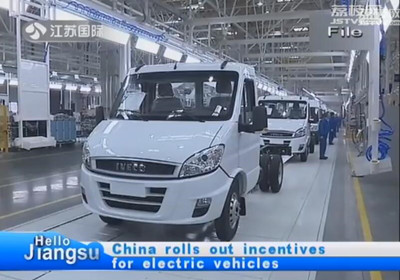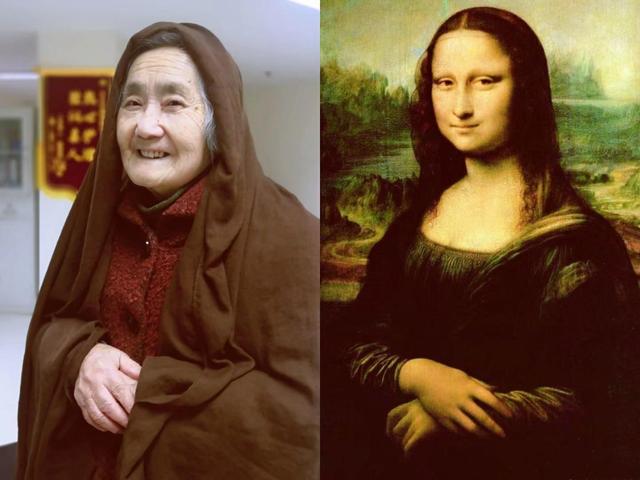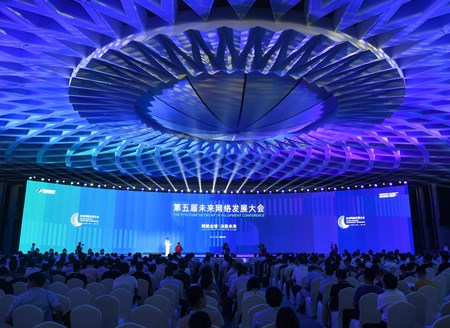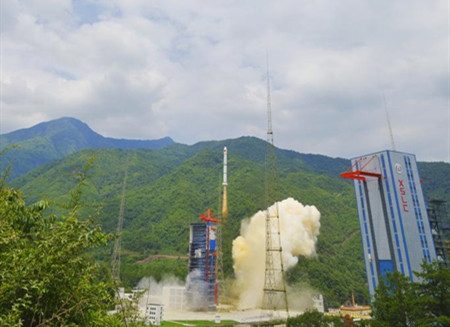China has rolled out its new subsidy scheme for electric vehicles for 2018. The new subsidy policy is designed to encourage higher range and lower energy consumption in electric vehicles, while removing and decreasing subsidies to lower ranged models.
The 2018 subsidy scheme is in line with the end goal of withdrawing subsidies and pushing automakers to make better electric vehicles.
Firstly, vehicles with driving range below 150 km will not receive subsidies, vehicles with 300 km of driving range will get the current electric vehicle subsidies, and ranges over 400 km have higher subsidies. This is to encourage automakers to produce longer range vehicles.
Secondly, battery power/weight requirements have been increased from 90watt-hours/kg to 105 watt-hours/kg. They also only apply the full subsidy for vehicles with 140 watt-hours/kg batteries, again pushing for better electric vehicles.
Thirdly, power consumption requirements have been increased, pushing for more efficient vehicles, which fit into the government policy to push the development of better electric vehicles and the underlying technology.
In 2016, China outlined that its subsidies for new energy vehicles will end by 2020 and that they will drop 20% each year until 2019, when they will decrease 40% based on 2016 levels, which will then completely end the subsidies.
Electric vehicle subsidies impact all areas of transport in China. They have had a massive impact on the tremendous growth of China’s electric bus market.
China's new energy vehicle has been growing rapidly thanks to government support. Central and local officials have rolled out policies including offering subsidies and encouraging the construction of charging stations.
Local automakers including BYD and BAIC Motor Corporation have received a boost in sales, rivaling international competitors such as Tesla in the world's largest auto market.
According to an official plan on auto industry development, China will see new energy vehicle output and sales hit 2 million annually by 2020, about four times the current level.
(Source: Jiangsu Interntional Channel)






